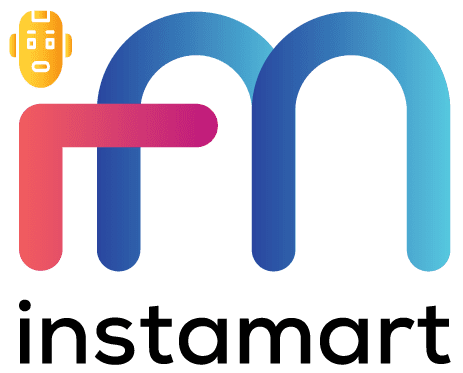3. Healthcare
In recent years, the healthcare industry has been increasingly leveraging computer vision to improve patient outcomes and drive operational efficiencies. One of computer vision’s main applications in healthcare is to analyze images of scans, both to detect abnormalities in an individual and to identify patterns across thousands of scans that may inform physicians’ knowledge about a certain condition. Computer vision is often able to notice patterns that the human eye can’t pick up.
In fact, the results of a study on breast cancer screening show that visual AI systems demonstrated more accuracy than human radiologists when looking for signs of breast cancer in mammograms, reducing the number of both false positives and false negatives. By augmenting their analysis with computer vision, the human providers were able to reduce their workload by an astonishing 88%.
And it’s not just in scan analyses that computer vision can support healthcare outcomes. The technology is also being used to prevent accidents in the hospital. For example, a camera powered by computer vision can detect when a provider has forgotten to sterilize a tool or left a foreign object in a patient during surgery and subsequently notify them of the mistake.
4. Retail
In the retail sector, the applications for computer vision are truly exploding. For example, retailers can create heatmaps and analyze footfall, which provides insights into customer behavior in the store. This allows them to experiment with different merchandising strategies to increase sales.
Amazon is one well-known retailer that uses advanced computer vision technology to allow shoppers to enter its stores, grab what they want and leave without having to scan items or use a payment method. The AI detects which items have been taken by the shopper and the system charges their Amazon account.
Computer vision can also power effective inventory management, as the technology is able to identify the number of items or crates in an image or video, saving the human worker from having to conduct a manual count. These automated inventory cycle counts provide retail workers with real-time updates, allowing them to make informed decisions regarding stock levels. It’s no surprise, then, that 64% of retailers plan to deploy data-driven solutions such as computer vision to optimize inventory management over the coming years.
5. Automotive
Computer vision has a wide range of use cases for the automotive industry. For example, it can be used for inspection during the production process to detect flaws, which helps ensure quality standards are being met. Cameras placed over the production line can detect these defects and alert the manufacturing workers in real time. In fact, in one study, computer vision algorithms were able to detect faults in brake parts with an accuracy of 95.6%.
Computer vision is also an integral element of autonomous vehicles today. The technology can be used to recognize objects on the road, create 3-D maps, detect lane lines and drive in low light. Electric car manufacturer Tesla announced in 2021 that it will be relying exclusively on computer vision rather than lidar and radar for its new cars. The company’s chief AI scientist stated that the deep learning system is “a hundred times better than the radar.”
Conclusion
Thanks to its ability to help drive efficiencies, save time and resources, enhance accuracy and outcomes and improve safety, computer vision technologies will likely see further adoption in the years to come. Businesses across industries should seek a reliable technology partner to support them in this process and ensure AI project success.
Forbes Technology Council is an invitation-only community for world-class CIOs, CTOs and technology executives. Do I qualify?




